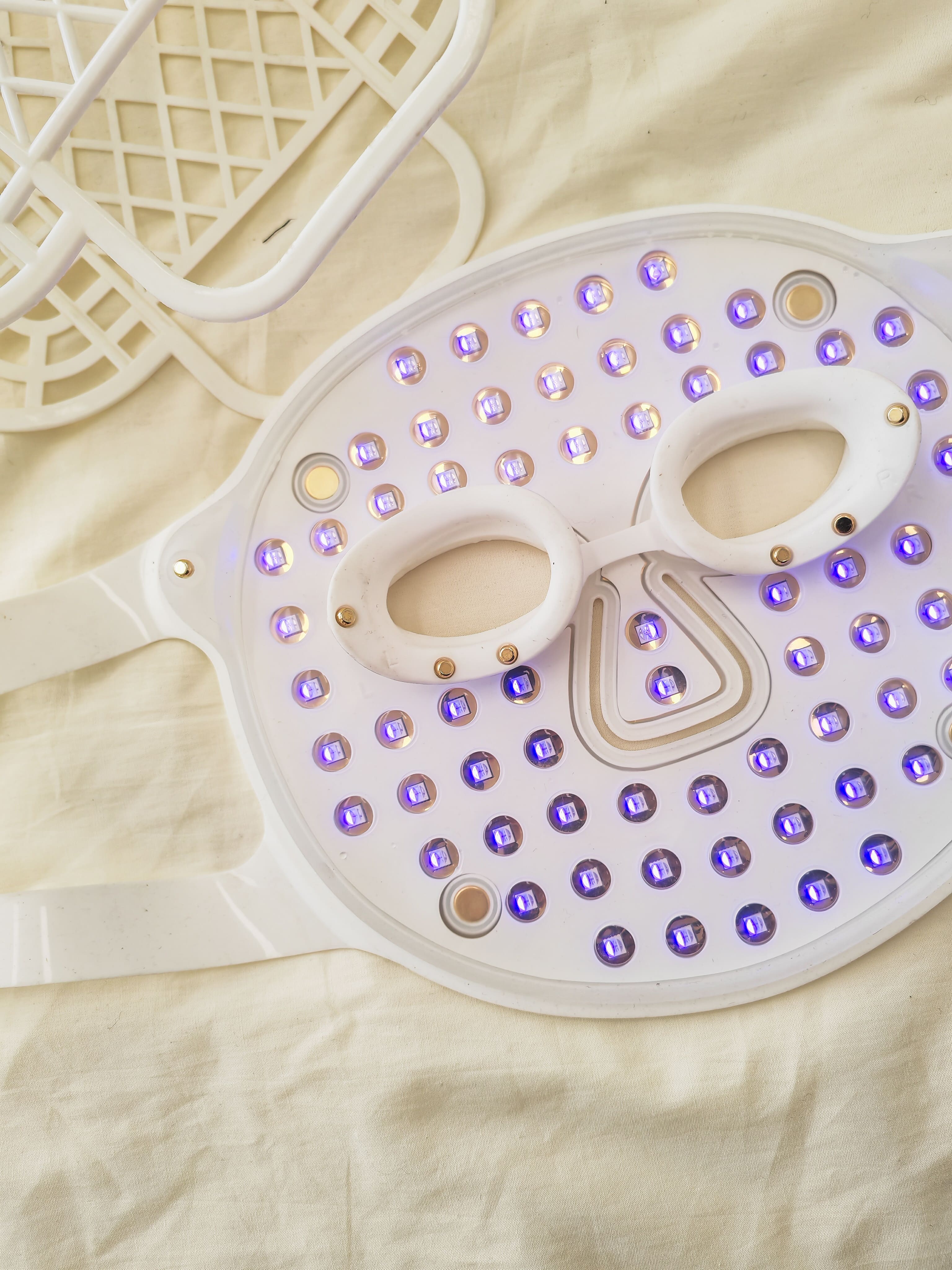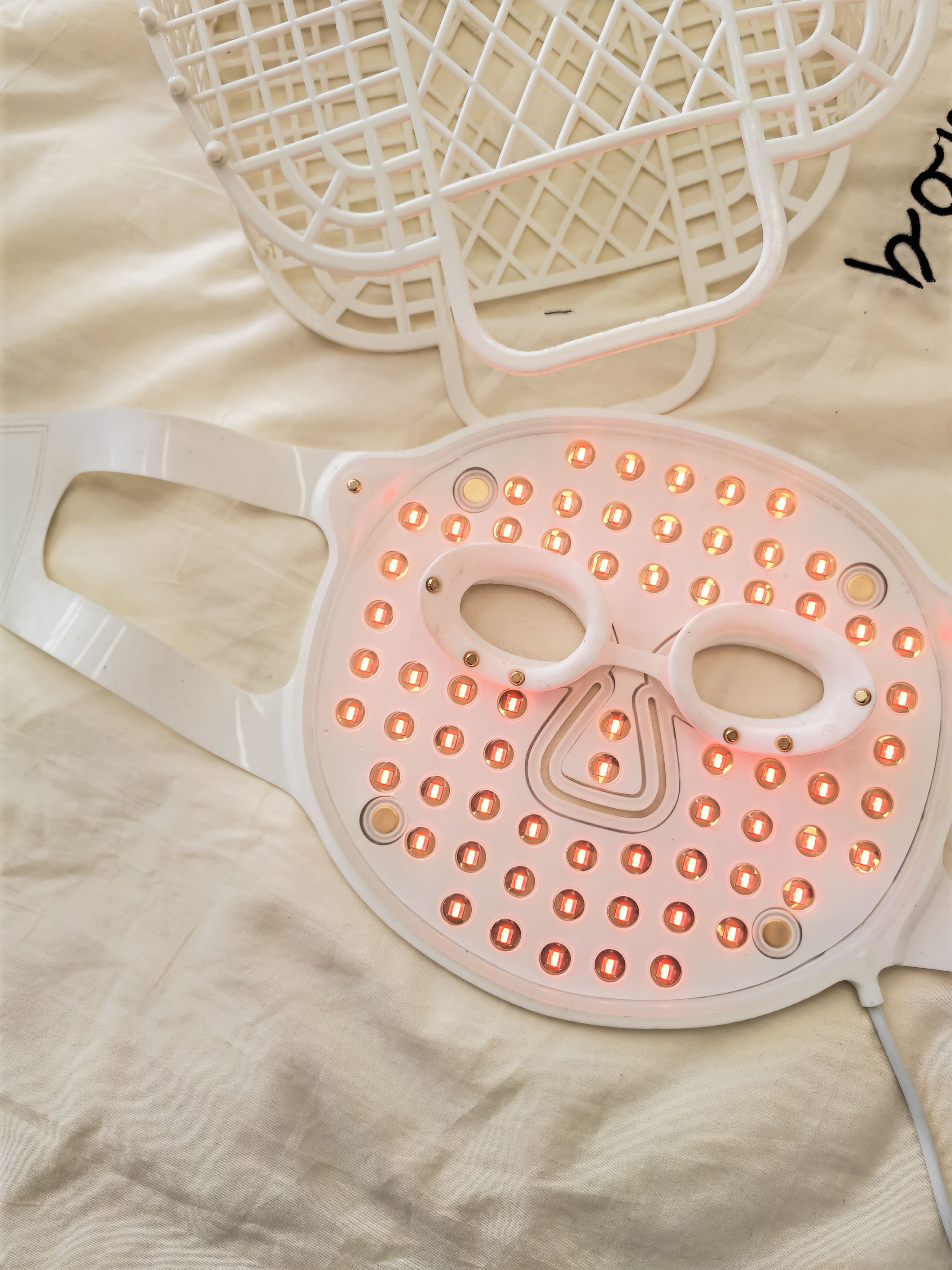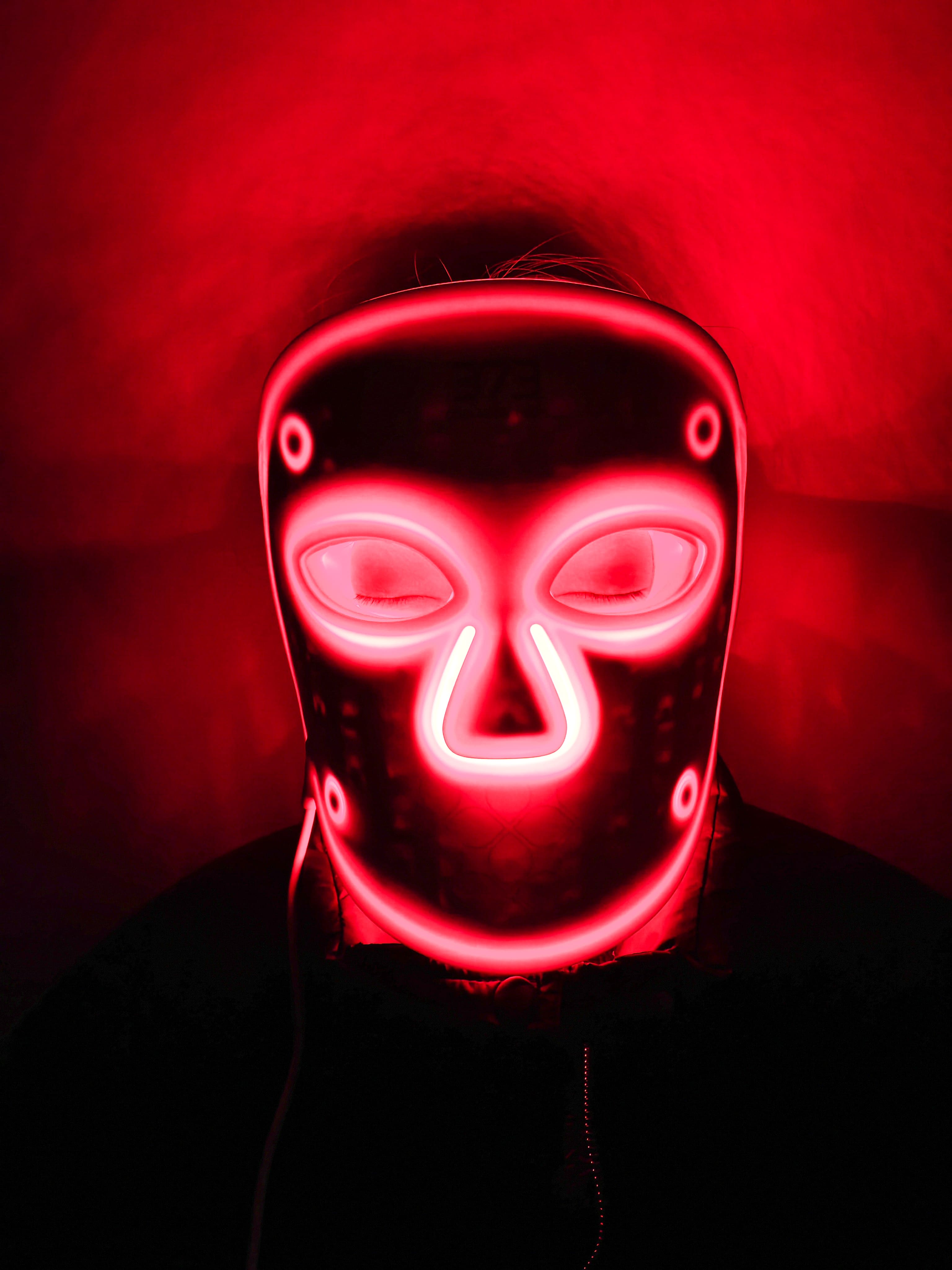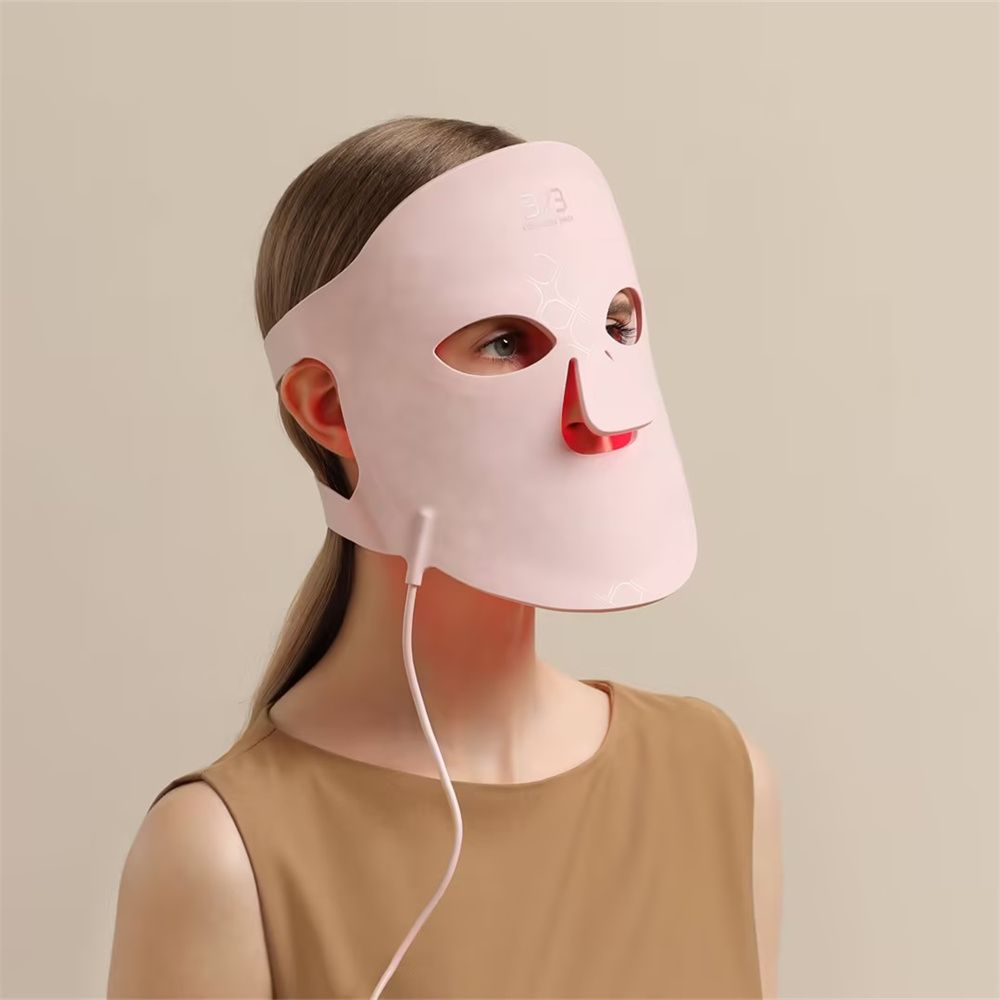What are Light Therapy Masks
Time:2024-4-25
Light therapy masks have become a popular trend in the world of skincare, with many claiming their miraculous ability to improve skin conditions and boost overall skin health. But what exactly is a light therapy mask and how does it work? In this article, we'll dive into the basics of light therapy masks and their effectiveness in improving skin health.

What is a Light Therapy Mask?
A light therapy mask is a wearable device that uses LED lights to deliver specific wavelengths of light to the skin. These masks are designed to treat various skin conditions, including acne, wrinkles, and sun damage. They are made up of a mask that covers the face and eyes, with LED lights embedded within the fabric.
Light therapy masks have advanced significantly in recent years, with more sophisticated models offering customizable light settings and even Bluetooth connectivity for smart device integration. The convenience and ease of use have contributed to their widespread adoption among skincare enthusiasts looking for at-home treatments.
The Different Types of Light Therapy Masks
There are three main types of light therapy masks: red, blue, and combination masks. Each type uses a different wavelength of light and targets specific skin concerns.
Red light therapy masks use a wavelength of 620-700 nm and are primarily used for anti-aging and reducing the appearance of wrinkles.
Blue light therapy masks use a wavelength of 400-450 nm and are effective in treating acne and reducing inflammation.
Combination masks use both red and blue lights to target a range of skin concerns, including acne, wrinkles, and sun damage.
Advanced models might also include green light, which is said to improve pigmentation, or amber light, which may help rejuvenate the skin. By using these different wavelengths, individuals can personalize their skincare routine to address their unique skin issues effectively.

How Does Light Therapy Mask Work?
Light therapy masks work by emitting specific wavelengths of light that penetrate the skin to stimulate various cellular processes. These processes can promote healing, reduce inflammation, and boost overall skin health.
The Science Behind Light Therapy
Light therapy, also known as phototherapy, has been used for decades to treat various medical conditions, such as psoriasis and eczema. It is based on the principle that different wavelengths of light have different effects on the body.
When specific wavelengths of light are absorbed by the skin, they can stimulate the production of collagen, increase blood flow, and reduce inflammation. These effects can lead to improved skin texture, reduced wrinkles, and a more youthful appearance.
Furthermore, light therapy has been shown to support the skin's natural healing process, which can be beneficial in repairing damage from environmental stressors like pollution and UV rays. It's also being explored for its potential to alleviate seasonal affective disorder (SAD) symptoms by regulating sleep patterns and mood.
How Light Therapy Masks Work
When wearing a light therapy mask, the LED lights embedded in the mask emit specific wavelengths of light onto the skin. These lights then penetrate the skin, reaching the deeper layers where they stimulate various cellular processes.
For example, red light therapy stimulates the production of collagen, which can improve skin elasticity and reduce the appearance of fine lines and wrinkles. Blue light therapy, on the other hand, can kill acne-causing bacteria and reduce inflammation, leading to clearer skin.
Additionally, these masks are designed to ensure that the light is distributed evenly across the face, allowing for consistent treatment of the entire area. Some users report feeling a gentle warming sensation, which can be relaxing and add to the overall skincare experience.

Are Light Therapy Masks Safe?
Light therapy masks are generally considered safe for use, as long as they are used as directed. The LED lights used in these masks do not emit UV rays, making them safe for the skin. However, it is essential to follow the manufacturer's instructions and not overuse the mask, as prolonged exposure to LED lights can cause eye damage.
Who Should Avoid Using Light Therapy Masks?
While light therapy masks are generally safe for most people, there are a few groups who should avoid using them:
-
Pregnant women
-
People taking medications that cause photosensitivity
-
Individuals with a history of seizures or epilepsy
-
People with certain eye conditions, such as glaucoma or cataracts
If you fall into any of these categories, it is best to consult with your doctor before using a light therapy mask. Moreover, it is crucial to use these devices with the protective eyewear provided or recommended by the manufacturer to prevent potential eye damage.

What Are the Benefits of Using a Light Therapy Mask?
Light therapy masks have gained popularity due to their numerous potential benefits for the skin. Here are some of the main benefits of using a light therapy mask:
Improved Skin Texture and Tone
As mentioned earlier, the specific wavelengths of light emitted by light therapy masks can stimulate the production of collagen, which can improve skin elasticity and reduce the appearance of wrinkles. This can lead to smoother, firmer, and more youthful-looking skin.
Reduced Acne and Inflammation
Blue light therapy masks are effective in killing acne-causing bacteria and reducing inflammation in the skin. This can lead to clearer skin and a reduction in acne breakouts.
Brighter, More Radiant Skin
By stimulating blood flow and increasing oxygenation in the skin, light therapy masks can give the skin a healthy, radiant glow. This can help improve overall skin tone and texture.
Quick and Easy to Use
Using a light therapy mask is a simple and convenient way to improve skin health. Most masks only require 10-20 minutes of use per day, making it easy to incorporate into your skincare routine.
Furthermore, the non-invasive nature of light therapy masks makes them a great alternative to more aggressive skin treatments, such as chemical peels or laser therapy. They can be used in the comfort of your home, without the need for a professional dermatologist or aesthetician.



